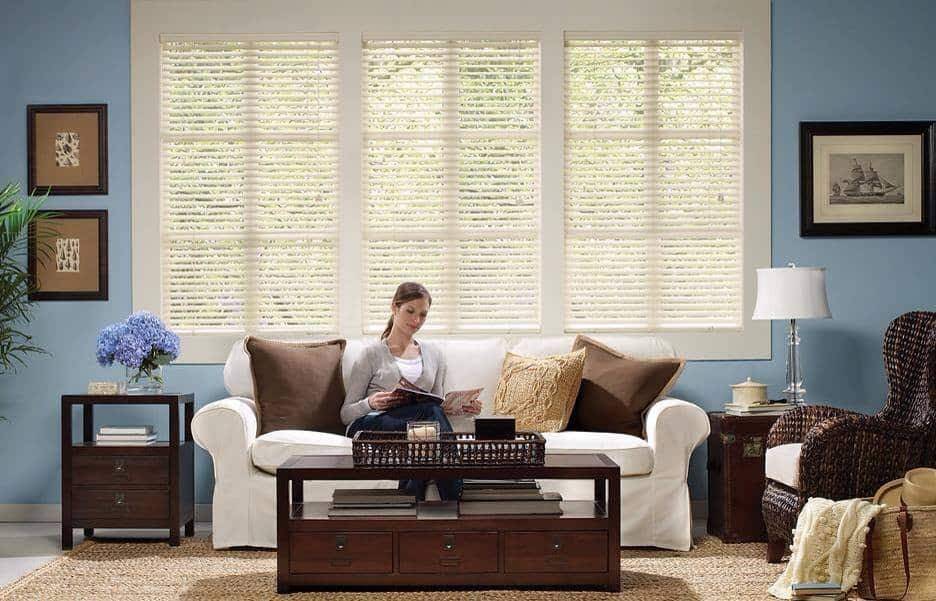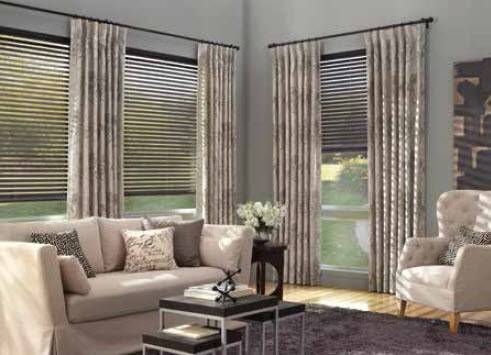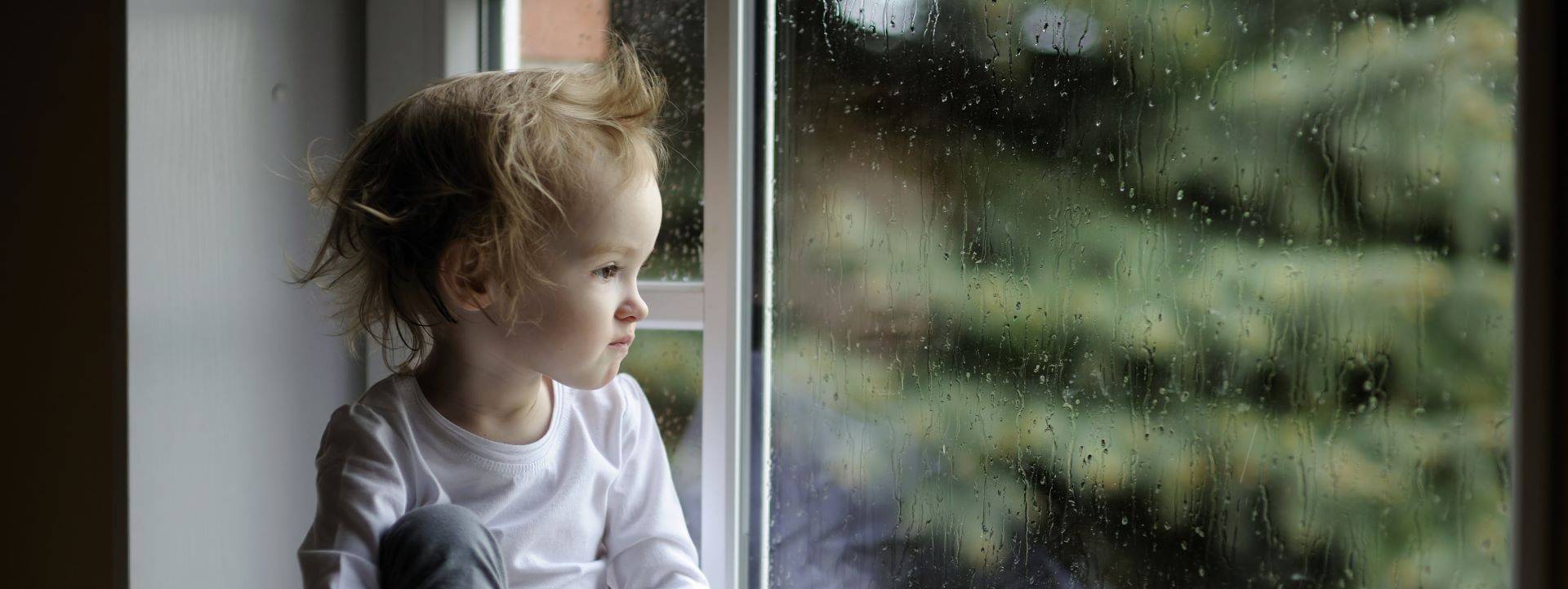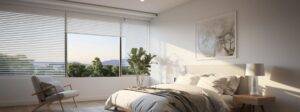Have you ever felt the chill from drafty windows or perhaps you’re just ready to stop giving so much money to the heating company in the winter months.
Covering your windows is one of many things you can do to keep your home warm and toasty. If you live in a cold climate, there are more measures you can take when it comes to selecting window treatments, that will help keep the warm air inside where it belongs.
The right window treatments can help you control the temperature in your home.

Applause Blinds by Hunter Douglas are streamlined cellular shades and are the only honeycomb shade available with a double-cell construction. high-degree of energy-efficiency. Cellular shades trap air, leaving a layer of still space between the window and your room, increasing insulation. This reduces heat gain by 45%, controlling energy costs and providing a comfortable temperature throughout the seasons.
Investing in window treatments that keep the cold air out will also block the heat in the summer months.
Use these 3 steps as a guideline to not only save you heat and dollars from leaking out of your windows, but also tips on how to maintain a comfortable temperature in your home year-round.
Step 1 – Cover those Windows
Any window covering is better than nothing when it comes to temperature control. Windows can account for 10% – 25% of heat loss.
Step 2 – Pick the Best
The magic of cellular honeycomb shades is in their specially engineered honeycomb shape, a unique construction that traps air and creates a layer of insulation between the window and a room’s inside temperature. These shades offer superior energy efficiency, helping to keep your home warmer in the winter and cooler in the summer.
Step 3 – Put on Layers
For the ultimate protection against freezing outdoor temperatures, the best tactic for your windows is to layer treatments. A thermal lined pair of drapery panels will make a world of difference in blocking any cold air that slips by the initial blind, shade, or shutter. Thermal lining has insulating properties to block heat transfer and also protects the front facing fabric from damage caused by potentially harmful UV rays.








